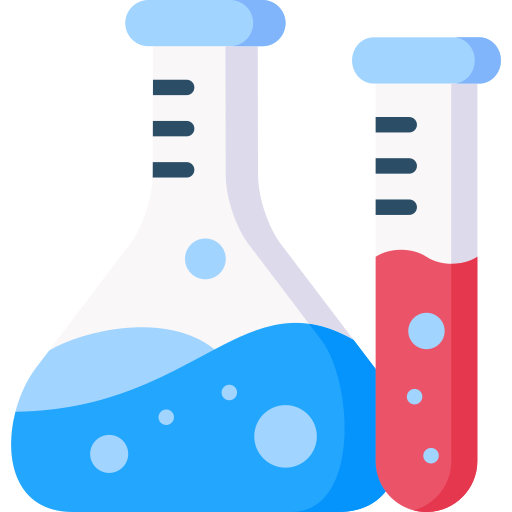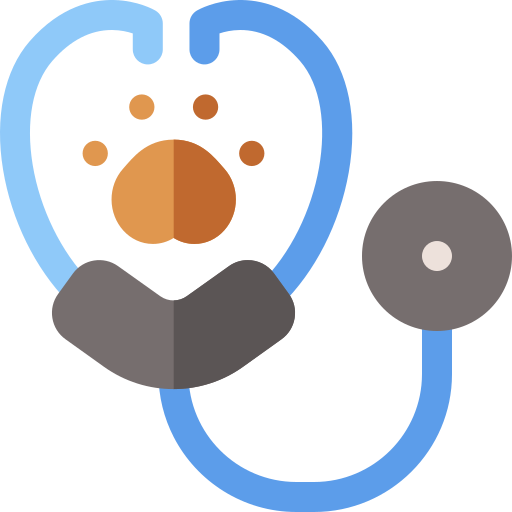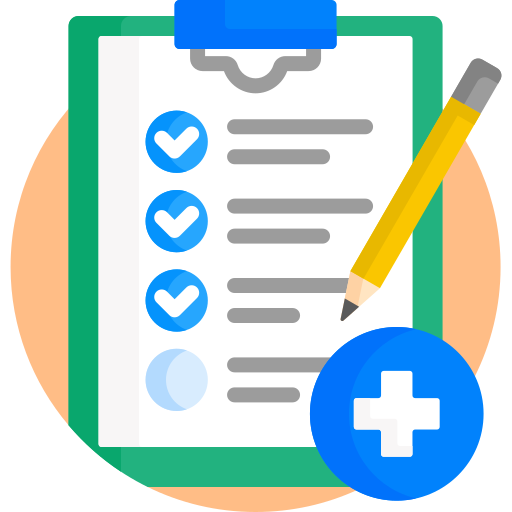Select Location
Electroencephalogram - EEG
An electroencephalogram (EEG) is a test used to find complications related to electrical activity of the brain. An EEG tracks and records brain wave patterns. Electrodes are placed on the scalp, and then send signals to a computer to record the results.
₹1190 (₹1400)
CLINICA DIAGNOSTICS - BARASAT
Address: Noapara Bazar, Krishnanagar Road, Kolkata 700124
CLINICA DIAGNOSTICS - CHAKDAHA
Address: 815 Singher Bagan Road, Joykrishnapur, Chakdah, Nadia - 741222
About Electroencephalogram - EEG :
What is EEG?
EEG (Electroencephalogram) is a medical diagnostic test that measures the electrical activity of the brain. It is used to evaluate the function of the brain and to diagnose various neurological disorders. During an EEG test, small electrodes are placed on the scalp to record the electrical signals produced by brain activity. These signals are then displayed on a screen or recorded for further analysis.
EEG is a valuable tool for diagnosing and monitoring a range of neurological conditions, including seizures and epilepsy, head injuries, strokes, and sleep disorders. It is also used to monitor brain activity in patients with neurological disorders, such as Alzheimer's disease, Parkinson's disease, and multiple sclerosis.
The EEG test is non-invasive, painless, and relatively quick, taking around 30-60 minutes to complete. The results of the test are used to help doctors diagnose and treat neurological conditions, and to monitor the effectiveness of treatment. Overall, EEG is an important diagnostic tool that helps doctors to better understand the workings of the brain and to provide effective treatment for a range of neurological conditions.
What is the process of EEG?
The process of EEG (Electroencephalogram) is a non-invasive diagnostic test that measures the electrical activity of the brain. Here's an overview of the process:
Preparation
- The patient is asked to wash their hair and avoid using any hair products.
- The patient is seated comfortably in a quiet room.
Electrode Placement
- Small electrodes are placed on the scalp, usually 16-25 electrodes, depending on the type of EEG test.
- The electrodes are connected to an EEG machine, which records the electrical signals produced by brain activity.
Testing
- The patient is asked to relax and remain still during the test.
- The EEG machine records the electrical signals produced by brain activity for 20-30 minutes.
- The patient may be asked to perform certain tasks, such as:
- Opening and closing their eyes
- Breathing deeply
- Performing mental calculations
Types of EEG Tests
- Routine EEG: A standard EEG test that records brain activity for 20-30 minutes.
- Sleep EEG: A test that records brain activity during sleep.
- Ambulatory EEG: A test that records brain activity over a 24-hour period.
Completion
- The test is completed, and the electrodes are removed.
- The EEG results are then analyzed by a healthcare professional to diagnose and monitor various neurological conditions, such as epilepsy, seizures, and brain injuries.
What is EEG used for?
EEG (Electroencephalogram) is a non-invasive diagnostic test used to measure the electrical activity of the brain. Here are some of the main uses of EEG:
Diagnostic Purposes
- Epilepsy diagnosis: EEG is used to diagnose and monitor epilepsy, a neurological disorder characterized by seizures.
- Seizure diagnosis: EEG helps diagnose and classify different types of seizures.
- Brain injuries: EEG is used to assess the extent of brain damage after a head injury.
Monitoring Brain Activity
- Sleep disorders: EEG is used to diagnose and monitor sleep disorders, such as insomnia and sleep apnea.
- Coma patients: EEG is used to monitor brain activity in coma patients.
- Brain death: EEG is used to confirm brain death.
Other Uses
- Neurofeedback training: EEG is used in neurofeedback training to help individuals control their brain activity.
- Research purposes: EEG is used in research studies to investigate various aspects of brain function and behavior.
- Pre-surgical evaluation: EEG is used to evaluate patients before surgery to identify potential risks and complications.
Additional Applications
- Monitoring anesthesia: EEG is used to monitor anesthesia levels during surgery.
- Diagnosing encephalitis: EEG is used to diagnose encephalitis, a brain inflammation caused by a viral or bacterial infection.
- Monitoring brain function: EEG is used to monitor brain function in patients with neurological disorders, such as Parkinson's disease and multiple sclerosis.
.png)


 91-6292253005
91-6292253005




